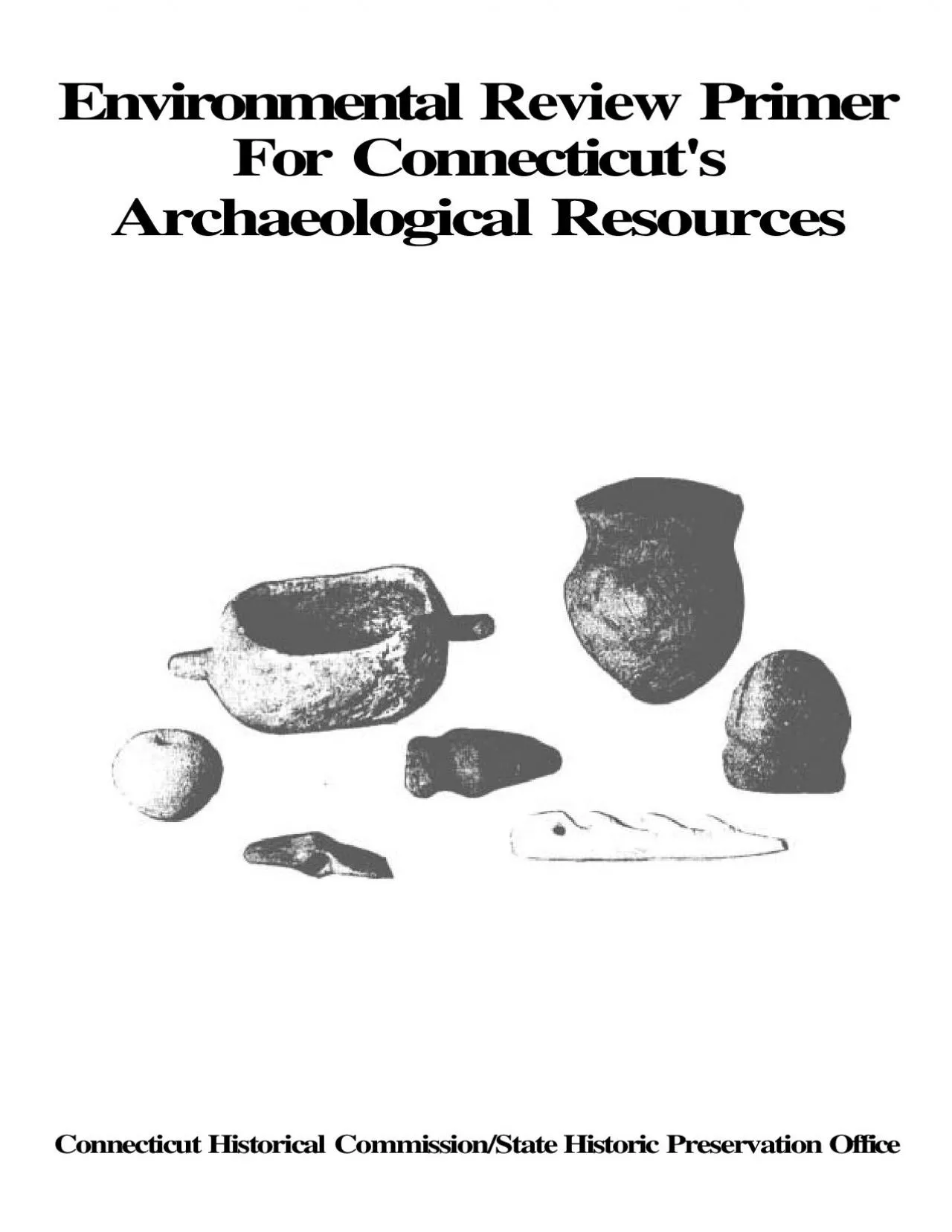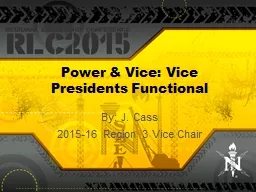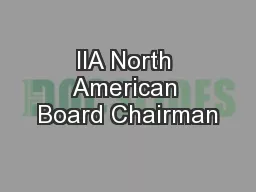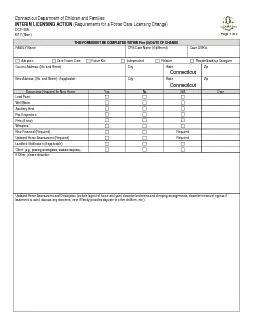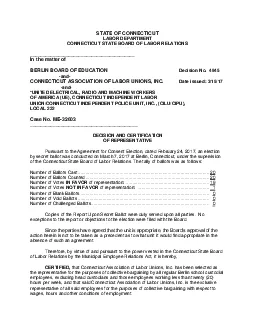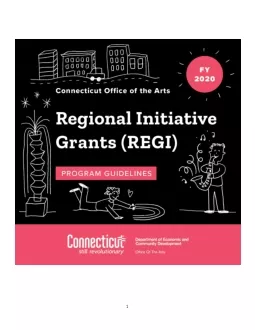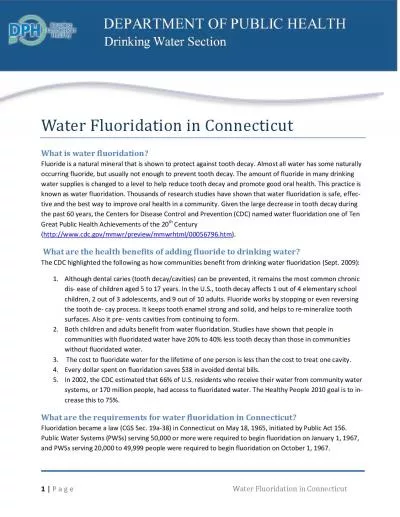PDF-CONNECTICUT HISTORICAL COMMISSION ChairmanWilson H Faude Vice Chairman
Author : norah | Published Date : 2021-10-04
203 5663005TABLE OF CONTENTS INTRODUCTION LEGISLATIVE MANDATE FORHISTORIC PRESERVATIONCONNECTICUT LEGISLATIVE HISTORY 15 THE ARCHAEOLOGICALREVIEW PROCESS
Presentation Embed Code
Download Presentation
Download Presentation The PPT/PDF document "CONNECTICUT HISTORICAL COMMISSION Chairm..." is the property of its rightful owner. Permission is granted to download and print the materials on this website for personal, non-commercial use only, and to display it on your personal computer provided you do not modify the materials and that you retain all copyright notices contained in the materials. By downloading content from our website, you accept the terms of this agreement.
CONNECTICUT HISTORICAL COMMISSION ChairmanWilson H Faude Vice Chairman: Transcript
Download Rules Of Document
"CONNECTICUT HISTORICAL COMMISSION ChairmanWilson H Faude Vice Chairman"The content belongs to its owner. You may download and print it for personal use, without modification, and keep all copyright notices. By downloading, you agree to these terms.
Related Documents

